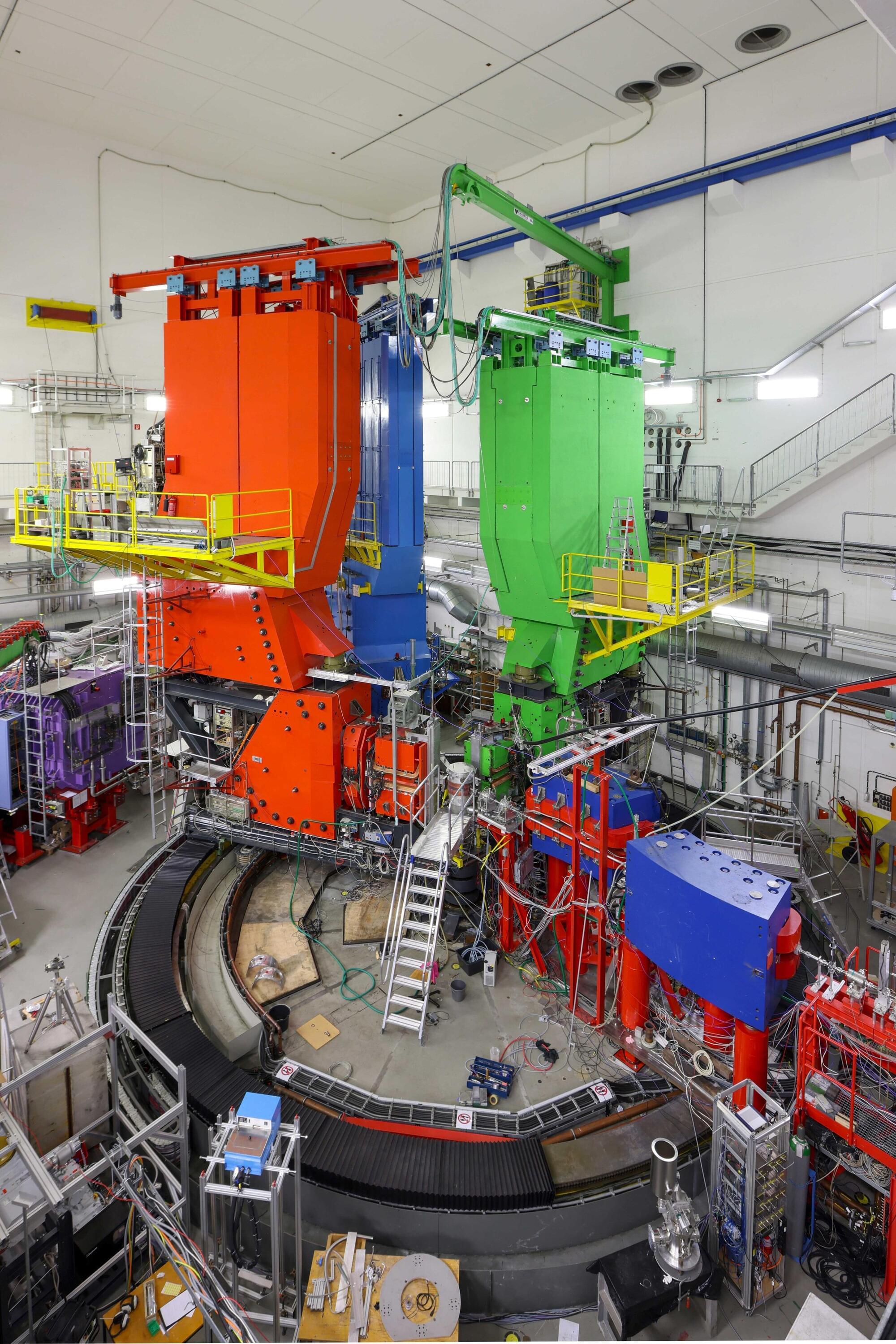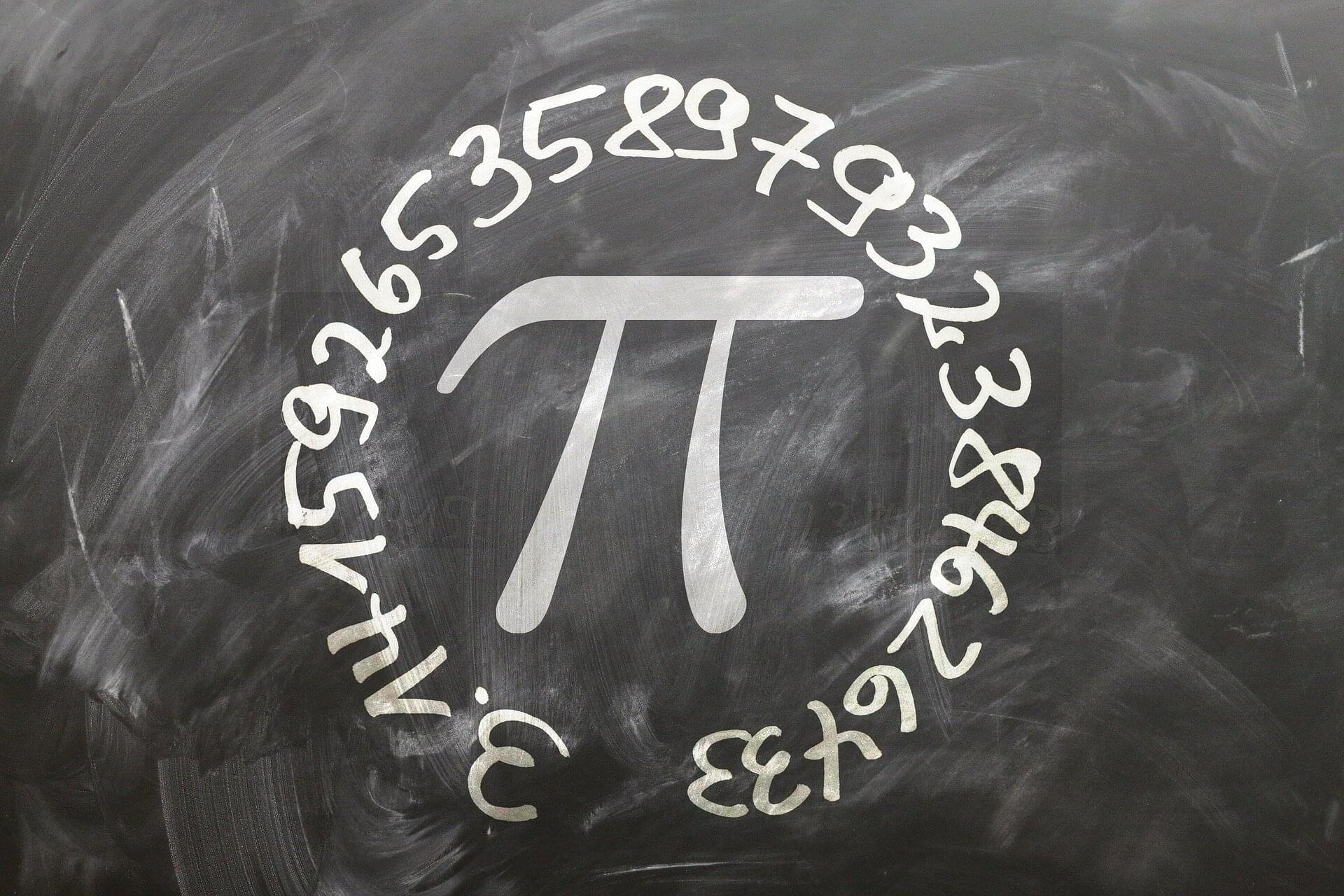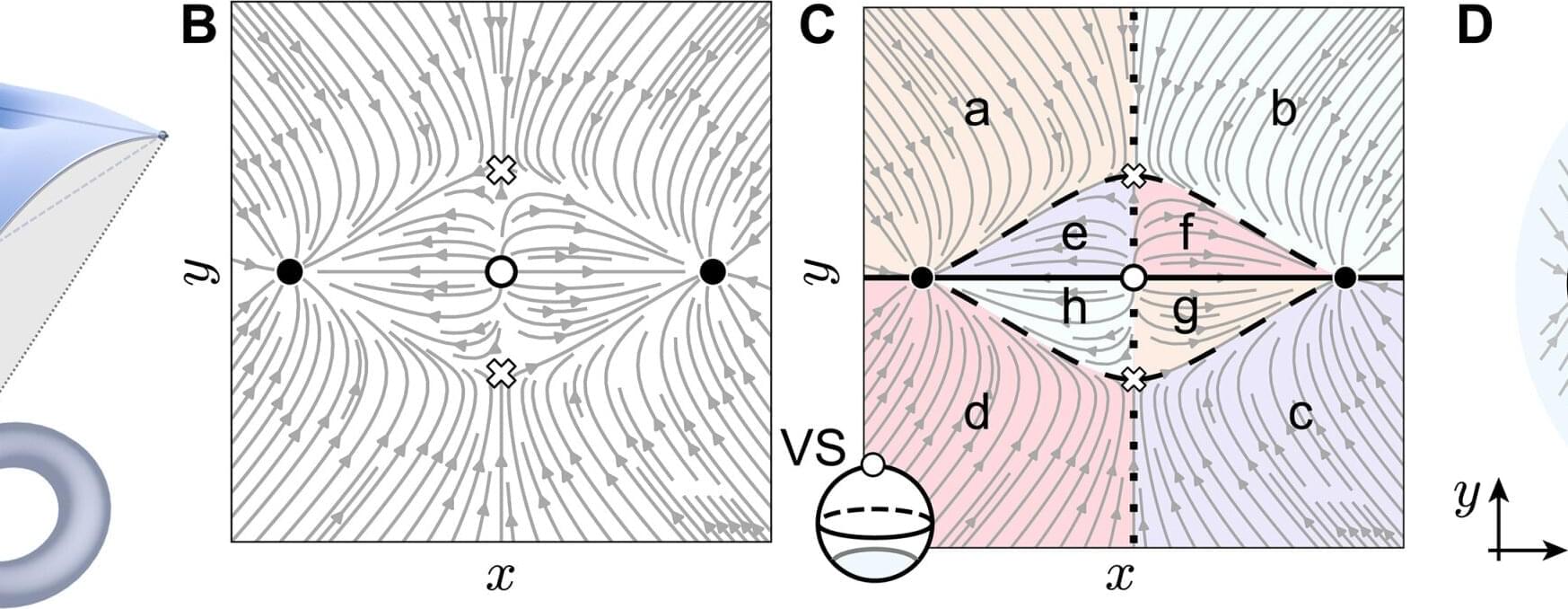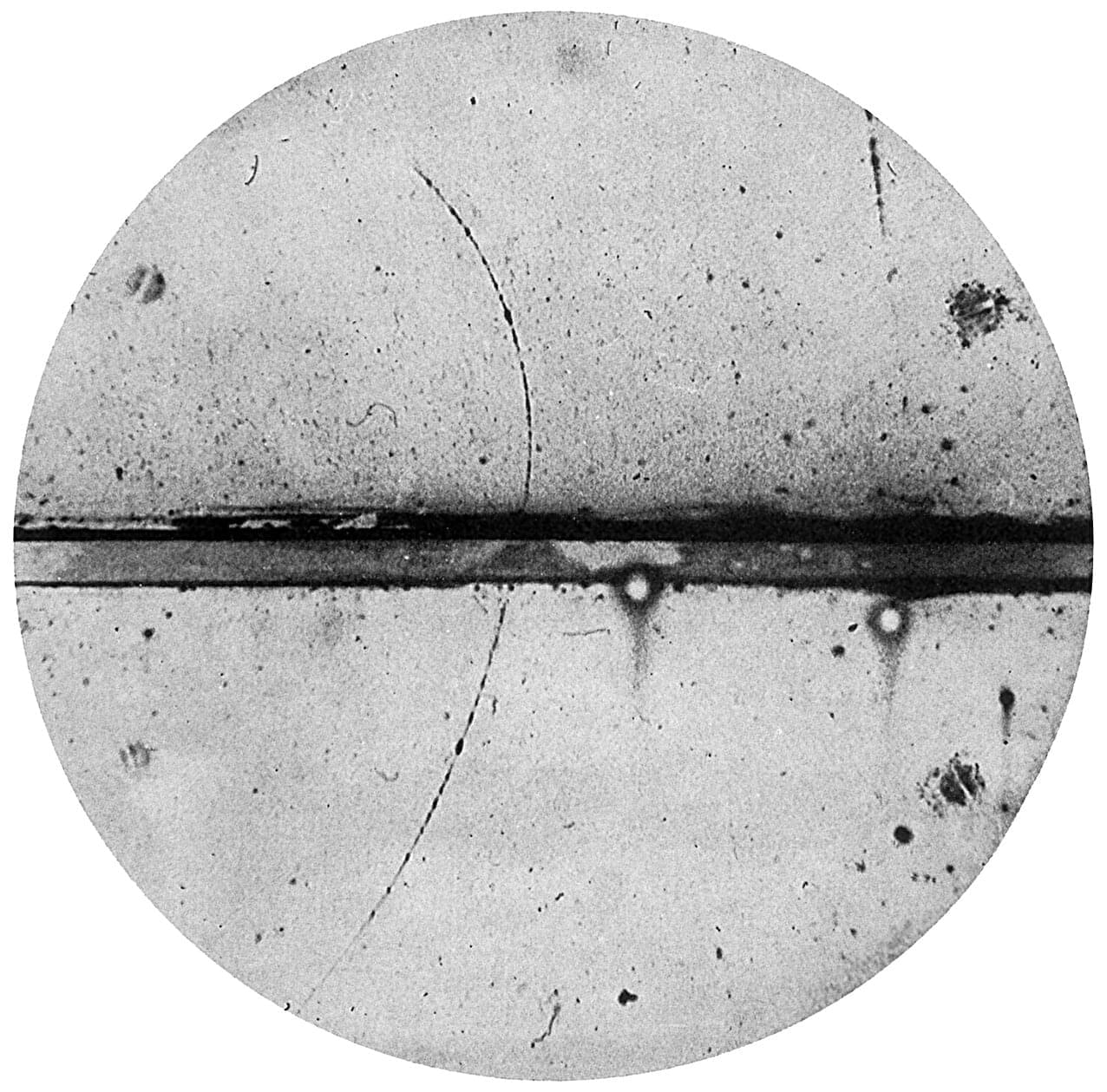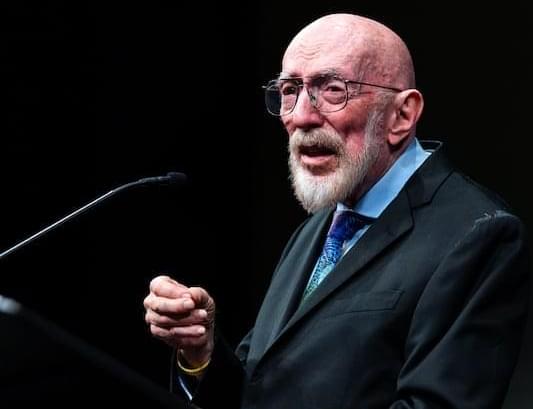Why does lead behave so differently from every other atomic nucleus when struck by electrons? A team of physicists at Johannes Gutenberg University Mainz (JGU) has taken an important step toward answering this question, only to find that the mystery is even deeper than previously thought. The findings were published in the journal Physical Review Letters.
Electrons usually scatter from atomic nuclei in ways that can be predicted with remarkable accuracy. One well-tested feature is that flipping the spin of the incoming electrons should slightly change the scattering pattern, an effect driven by the exchange of two “virtual photons” between the electron and the nucleus.
For most nuclei, theory predicts exactly how large this tiny effect should be, and decades of experiments have confirmed those predictions. Lead, however, has always stood out. Earlier measurements performed at the U.S. Department of Energy’s Thomas Jefferson National Accelerator Facility showed that, for lead, this spin-dependent effect seemed to vanish entirely, a result that no existing theory could explain.
